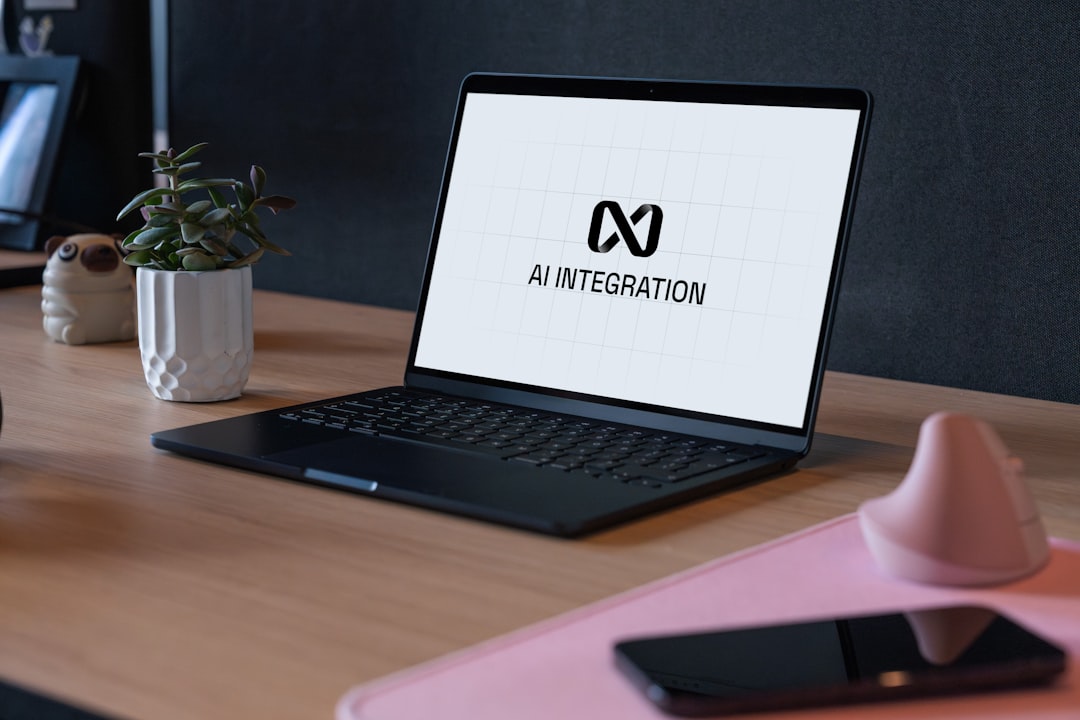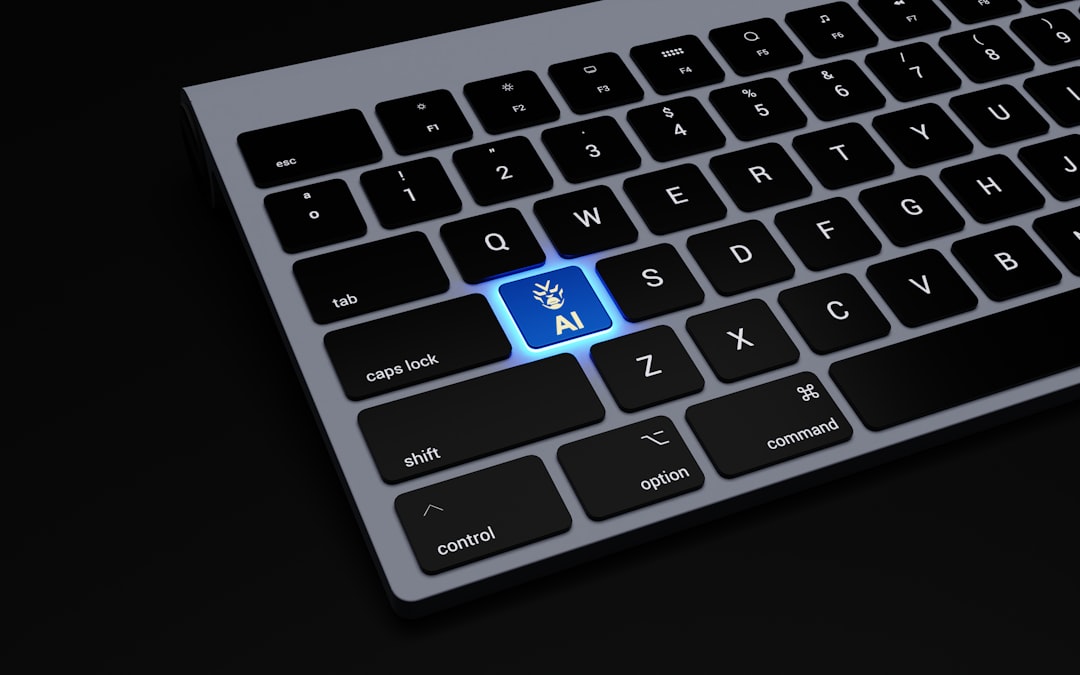NextGenBeing Founder

Listen to Article
Loading...Introduction to Zero Trust Architecture
As a senior developer, you're likely familiar with the concept of Zero Trust Architecture (ZTA). However, implementing ZTA in production environments can be a daunting task. In this article, we'll delve into the world of identity-driven security, exploring the efficacy of OPASOCK and SPIFFE in achieving Zero Trust.
The Problem with Traditional Security Models
Traditional security models rely on a perimeter-based approach, where the network is divided into trusted and untrusted zones. However, this approach has several limitations, including:
- Lack of granular control: Traditional security models often rely on coarse-grained access control, which can lead to over-privileged users and resources.
- Insufficient visibility: The lack of visibility into user and device activity can make it difficult to detect and respond to security threats.
Introducing OPASOCK and SPIFFE
OPASOCK and SPIFFE are two popular open-source projects that aim to provide identity-driven security solutions. OPASOCK is a protocol for secure authentication and authorization, while SPIFFE is a framework for establishing trust between services.
- OPASOCK: OPASOCK provides a secure authentication and authorization protocol for microservices architectures. It uses a combination of JSON Web Tokens (JWT) and Transport Layer Security (TLS) to establish trust between services.
Unlock Premium Content
You've read 30% of this article
What's in the full article
- Complete step-by-step implementation guide
- Working code examples you can copy-paste
- Advanced techniques and pro tips
- Common mistakes to avoid
- Real-world examples and metrics
Don't have an account? Start your free trial
Join 10,000+ developers who love our premium content
Never Miss an Article
Get our best content delivered to your inbox weekly. No spam, unsubscribe anytime.
Comments (0)
Please log in to leave a comment.
Log InRelated Articles

Turbocharge Your AI Workflows: Mastering Fine-Tuning of LLaMA 2.0 with Hugging Face Transformers 5.3 and Optimum 1.5
Oct 20, 2025

Building Real-Time Data Warehouses with Apache Kafka 4.0, Apache Flink 1.17, and Iceberg 0.4
Oct 25, 2025

Edge AI on LoRaWAN Networks: A Comparative Analysis of TensorFlow Lite 2.10 and Edge Impulse 2.5 for Real-Time IoT Sensor Data Processing
Nov 13, 2025
🔥 Trending Now
Trending Now
The most viewed posts this week
📚 More Like This
Related Articles
Explore related content in the same category and topics

Diffusion Models vs Generative Adversarial Networks: A Comparative Analysis

Implementing Zero Trust Architecture with OAuth 2.1 and OpenID Connect 1.1: A Practical Guide

Implementing Authentication, Authorization, and Validation in Laravel 9 APIs


